

There is no worse feeling than starting to work only to find your machine is uncooperative or broken down. It could be snapped needles, broken or tangled threads, or even skipped stitches, which can end up giving you a frustrating experience in what you fancy doing.
Luckily, serger troubleshooting can help you sort most of the issues without taking your machine for expensive repairs. To help you manage your serger correctly, we have gathered some of the common sewing machine problems and the way to solve them to ensure you troubleshoot and resume your project from where you stopped it.
A serger is a useful tool when it is in perfect working condition to sew garments. It also performs other tasks apart from knitting. Change in tension on your serger can create different finishes and stitches. Even though a serger is a wonderful tool, the experience can be frustrating when the tension gets out of whack. Fortunately, there are ways you can troubleshoot it and continue working. Some of the common tension problems include problems with fabric puckers, loops on the underside seeming to pull apart, the lopper threads getting removed towards the right side of the fabric, and the upper lopper threads getting pulled to the underside of the fabric.
How to solve it
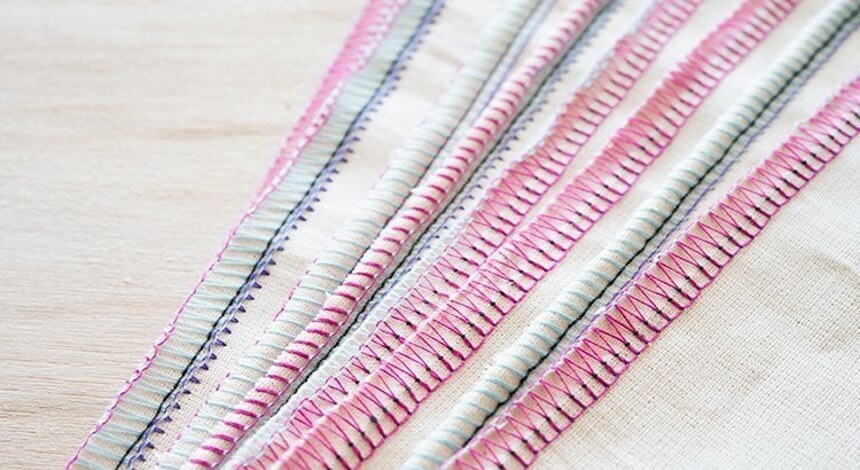
To avoid experiencing the problem in the future, you will need to be familiar with adjusting tension for various color treads and each needle lopper. That helps to know the treads in each stitch. Changing the lopper tension determines how much thread will be released from each of the stitches. Loose lopper offers longer/wider stitch. You will need to tighten the lopper tensions to get a narrow stitch.
For fabric wrinkles, you can solve the problems by loosening this needle tension. For the loops on the underside seeming to pull apart, you solve it by tightening the needle tension.
For the lopper threads getting pulled to the right side of the fabric, you can solve it by losing the upper lopper tension; alternatively, you tighten the lower looper tension. For the upper lopper threads to get pulled to the fabric’s underside, you should tighten the upper lopper or loosen the lower lopper tension.
Problem with stitches is also common for sergers, and the needle happens to be the main culprit anytime stitches skip. The need could be broken, or you be using the wrong type or size. Besides, poor quality stitches could as a result of the type and the quality of the thread. Thus, you should ensure you get the best threads for your machine to function properly.
How to solve it
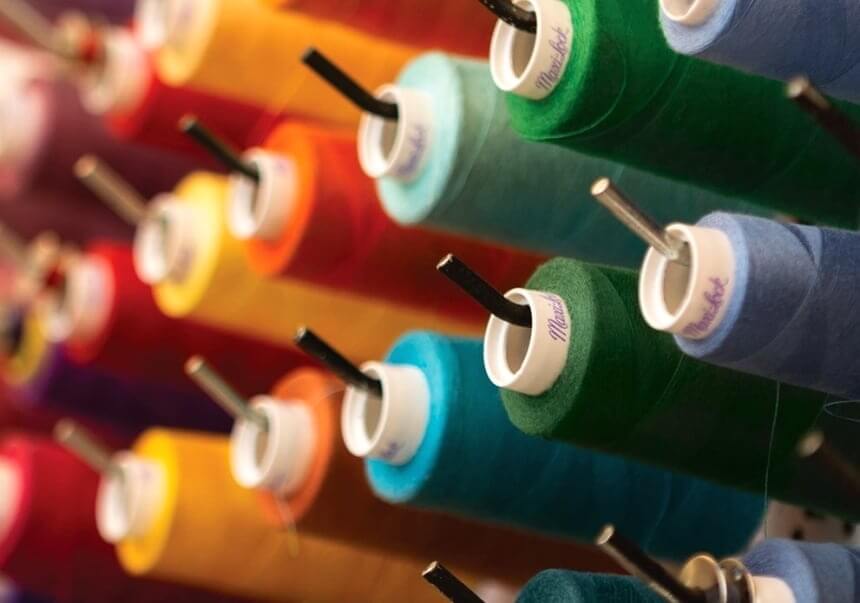
In case you see a broken needle, it happens due to the wrong size or type. With thick layers of denim and heavy woolen garments, the canvas will need a sharp needle for the work. Don’t pull the fabric when stitching since that can bend the needles.
Also, poor stitches could result from the quality and type of the thread. Don’t go for poor-quality brands. Ensure you chose good brands. According to most reviews, the sturdiest model must be the Juki MO-114D Serger Overlock Machine; thanks to its reinforced construction, it is the most reliable option out there.
Thread bunching is one of the main problems when sewing your fabric. If you see a single knot on the thread, there are likely to be several of them.
How to solve it
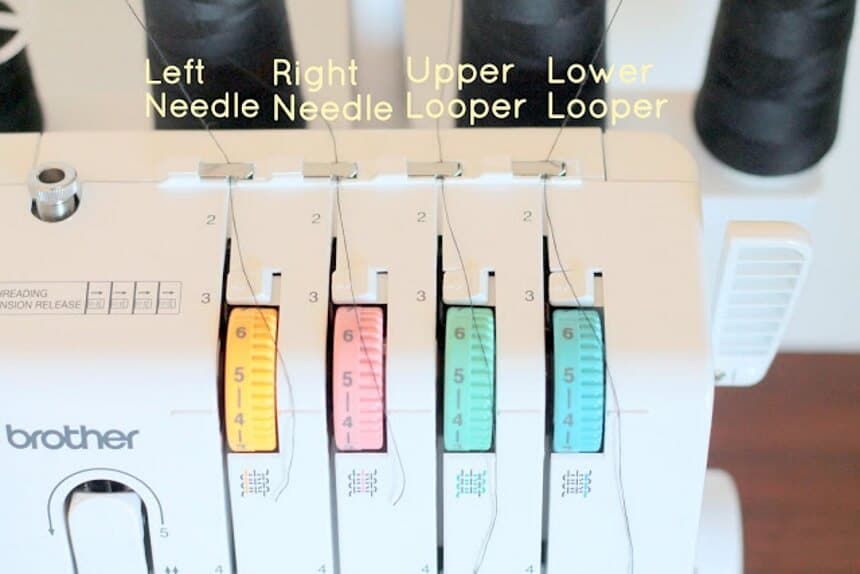
Alternatively, you can remove the thread and re-thread the machine, but you should be keen to follow the machine manual’s guides. You can also remove the thread and re-thread the bobbin. You should confirm with the manual to ensure you do it correctly.
Also, change the machine settings. It is important if you are working with a heavy fabric to a delicate without adjusting the settings. You should do a test of the settings on a scrap and see if the solution works.
It is a common problem, and it happens if the bobbin thread is not evenly wound on the bobbin. Another cause of jamming of the thread could be too tight or losing the tension of the thread. Also, the combination of the fabric, thread size, and needle size could be incorrect.
How to solve it
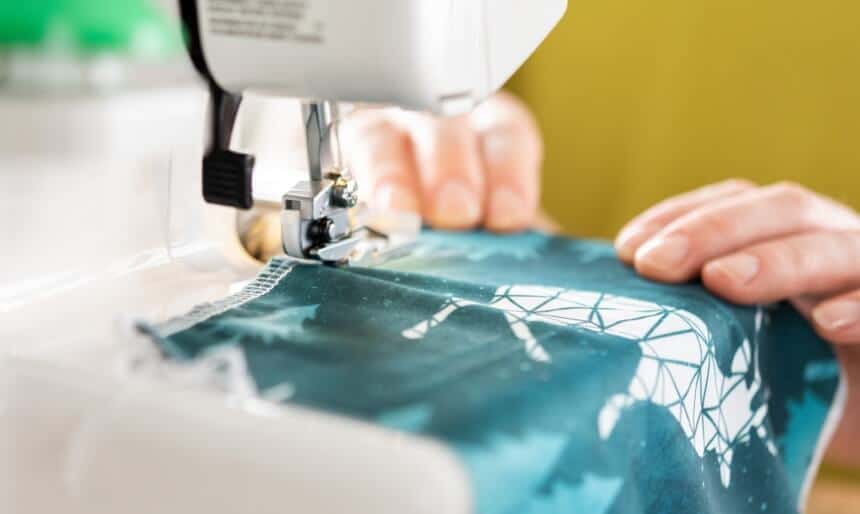
Don’t forget to check the correctness of the fabric, thread, and needle size. Use the right needle and thread while sewing.
There are also some problems with the needle that can interrupt your work. In some instances, the needle breaks. It also gets bent or damaged at times. Also, you might notice the needle is always hitting the plate.
How to solve it
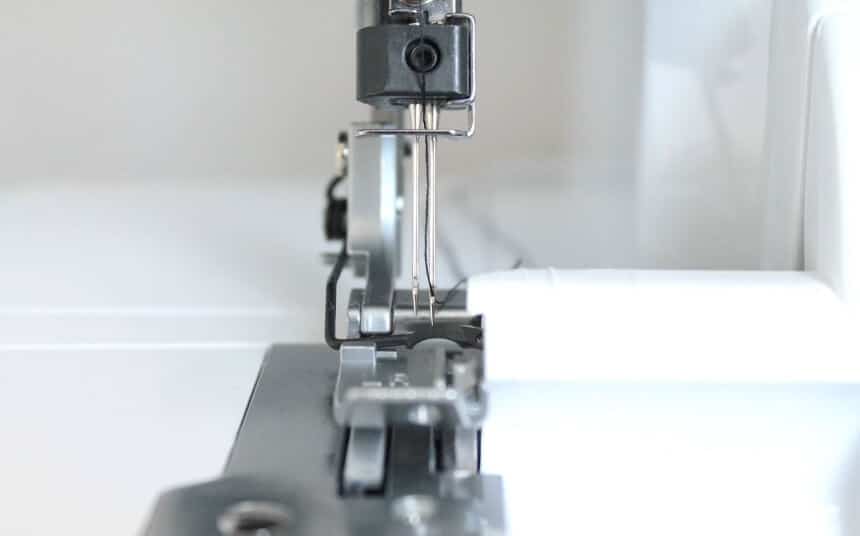
If the needle is hitting the plate, you will need to ensure it is properly installed. If the needle is bent, you should replace it with a new one.
A serger is a perfect tool for sewing, and it is highly recommendable to anyone who can afford one. It is fantastic for anyone who loves to sew with knits. But at times, the ongoing frustration makes many sewers shy away from it as the serger keeps getting problems. That is particularly why this post is essential for beginners in sewing to do serger troubleshooting and solve the problem as soon as they arise and continue pursuing your project. It equips you with the skills on how to fix those knobs when the tension isn’t right for all your sewing projects.